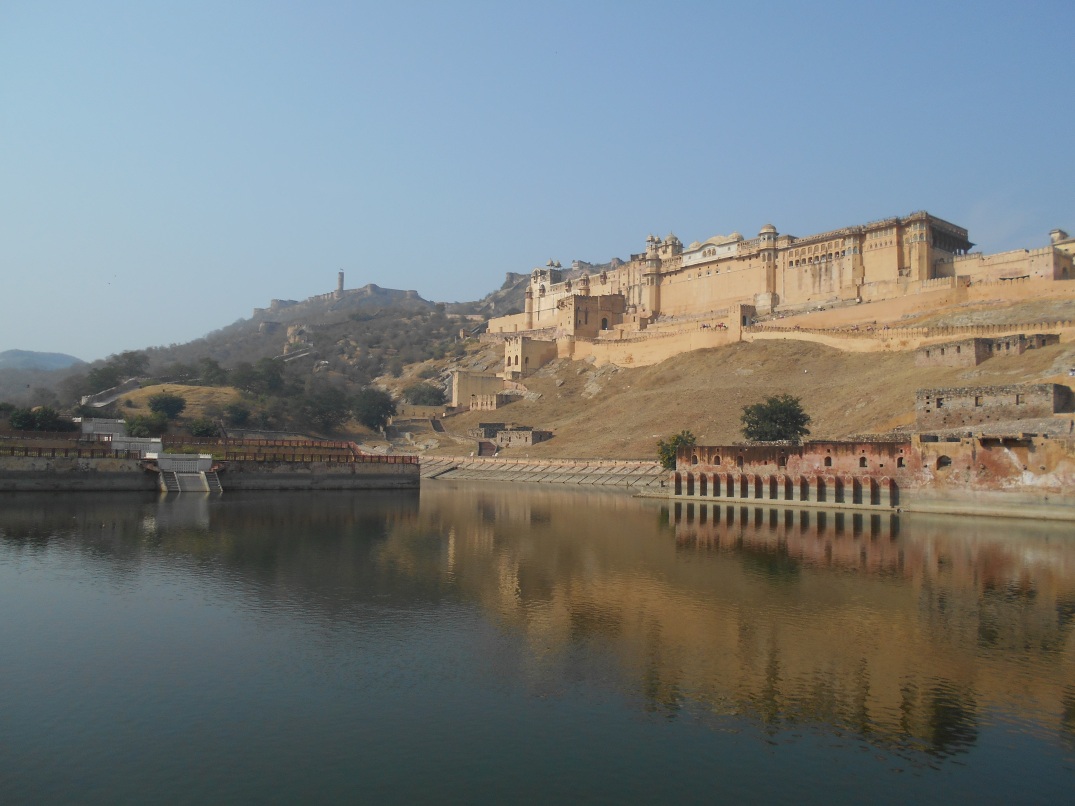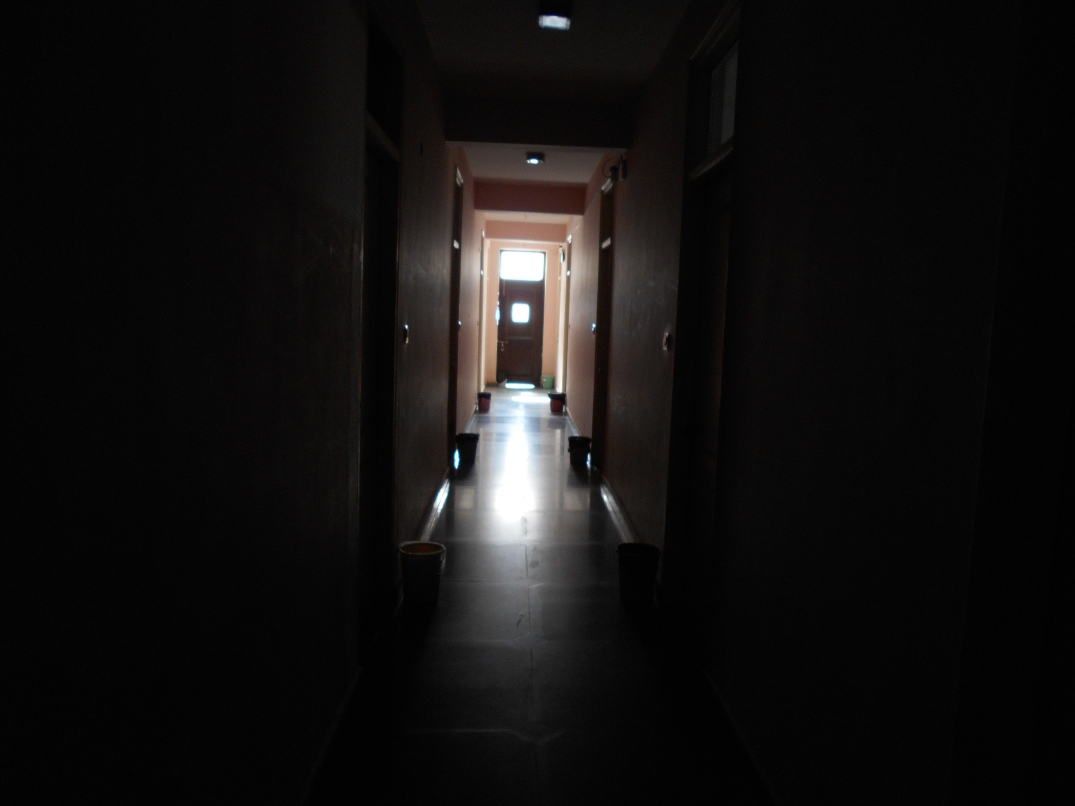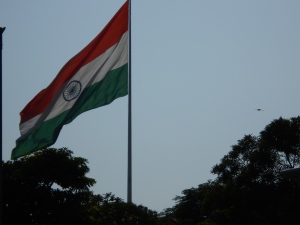I’m now back in the UK having finished my placement, and my time in India. It feels slightly surreal to be home after all these months, and saying goodbye was tougher than I had anticipated, but I think it’s worth reflecting on a couple of things before I close this blog, or get completely absorbed in Christmas here!
In India I was a teaching assistant, but through the experience, I learnt far more than I taught. For the first time in three years I was writing (this blog, my diaries, emails to friends and family) at least as much as I was reading. This was significant as I was constantly reflecting on everything that I did, and deliberately storing up events in my memory so that I could tell people all about it. At university, I had virtually no time for this, and simply read a pile of books and produced an essay or two per week, before moving on to the next assignment. Writing is great because it teaches us to be more articulate (this is why students who have trouble reading a language, or even people who don’t read books in their own language, have such a small vocabulary and sometimes find it harder to put their feelings into words). Not to mention the fact that the more I read over this blog, and my diaries, the more I learn about myself, and my perception of others.
India taught me to try and let go of expectations and prejudices about things that I wasn’t even aware that I held. The experience revealed some of the irrational things that I hold onto without even realising; why do I not want to put new shoes on the table, why am I surprised when students call me by my first name (“Nikita Ma’am”) and no one knows my surname. I enjoyed myself the most in the moments that I was able to let go of these inhibitions, and realise that the time and place we are in can define us as much as our upbringing, our traditions, and our native culture. I was able to overcome a lot of anxiety that I had in the first few months, and adjusted to my surroundings to the extent that even as I sit at home in my old childhood bedroom, I now feel oddly out of place.
Ultimately though, it is the people that make a place, and an experience. I started to feel at home in India, not because I became anywhere near fluent in Hindi, nor that I started eating spicy food for every meal (not at all!) but because I made connections with the people that I lived and worked with. As I became more familiar with them, I minded less that I was so far from home. People have so much to offer, as long as you take that initial step and start your first conversation with them, or tell them something interesting about your family, or where you live.
The world is yours as long as you are open to it, which means trusting people, and trusting yourself. The biggest personal lesson that I’ll take away from this experience is that it’s just not worth getting anxious in anticipation of things which might not even happen, or which will probably turn out to be far less of a problem than you had imagined! Trust that you can adapt to living virtually anywhere, without this underlying fear and nervousness holding you back, making you hide away from people and cut yourself off from the vibrancy of your new environment. Change is not a bad thing, and people are only strangers until you speak to them (obviously not advisable in all cases…).
Looking around at my HAPPY JOURNEY/ Merry Christmas cards made by some of the students at school, against a backdrop of wrapped presents and a lit Christmas tree in my conservatory, I am finally able to start appreciating everything that has happened over the past five months. It’s incredibly overwhelming and this blog could only ever capture a fraction of my entire experience. Even so, I hope that everyone has enjoyed reading it, and that those who were connected with me in India, can look back on parts of it and smile 🙂
Merry Christmas!
Nikita







You must be logged in to post a comment.